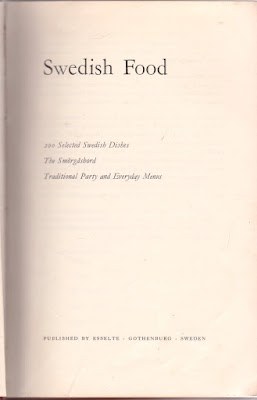The Lost
World of Irian Jaya by Robert Mitton. Hardcover book published by
Oxford University Press 1983, 235 pages with colour photographs and
some black and white photographs.
This
pictorial study of a fast disappearing part of the world is the work
of a remarkable Australian geographer and anthropologist. From 1971
until his death in 1976 (he was only 30), Robert Mitton worked, lived
and travelled in the Indonesian province of Irian Jaya, formerly West
Irian. In notes, letters, diaries and, above all, photographs, he
compiled a unique document of his experiences of the cultures and
environments of the five distinct groups living along the Baum River,
a particularly remote part of the world. Indeed, at that time, there
were still groups of people who had never seen Europeans or
Indonesians; still groups living a Stone Age style of existence; and
still people who were head-hunters and cannibals.
Irian
Jaya? How fast things change, particularly when it comes to
geographical/political names. A friend of mine once commented on the
current lack of Yugoslavians anywhere let alone where what was once
called Yugoslavia. They've all gone. It's not just the Yugoslavians
that have gone, I've got family that lived most of their lives in a
country that no longer exists (East Germany, and yes the East Germans
have all disappeared as well). The Irian Jayans (?) have also now
vanished (...possibly in more ways than one). Irian Jaya is now
Papua and West Papua and wasn't a country at the time that these
photographs were taken, nor is it now. It was a province of
Indonesia and had been so since 1961 after they took over/invaded in
1961. Before that it was Dutch and before that it was...
There is
an active resistance movement in Papua and West Papua and somehow this book is even more important
and of interest now than it was back then. With my limited knowledge
of what is happening just that hop, skip and jump from this island
(Australia), things aren't going so well for the locals and the world
that the title is referring to as “Lost” in 1983, has probably
now gone. The Indonesians have been actively settling their own
people into Papua and minoritising the locals such as those depicted
in this book, whilst collecting big $$$ from Mining in the region.
Yes, it all comes down to money.
This is
not the first time i've had a copy of this book. Many years ago I
had an ex library copy, which had seriously seen better days. It did
sell despite the wear, which at the time I thought had to do with it's
uncommonness. This copy isn't ex library and has some slight wear
only, so I think it will be moved at some stage and hopefully at a
nice price. “Yes, it all comes down to money,” but it will be
cheaper than the cost the Papuans are currently paying.


































